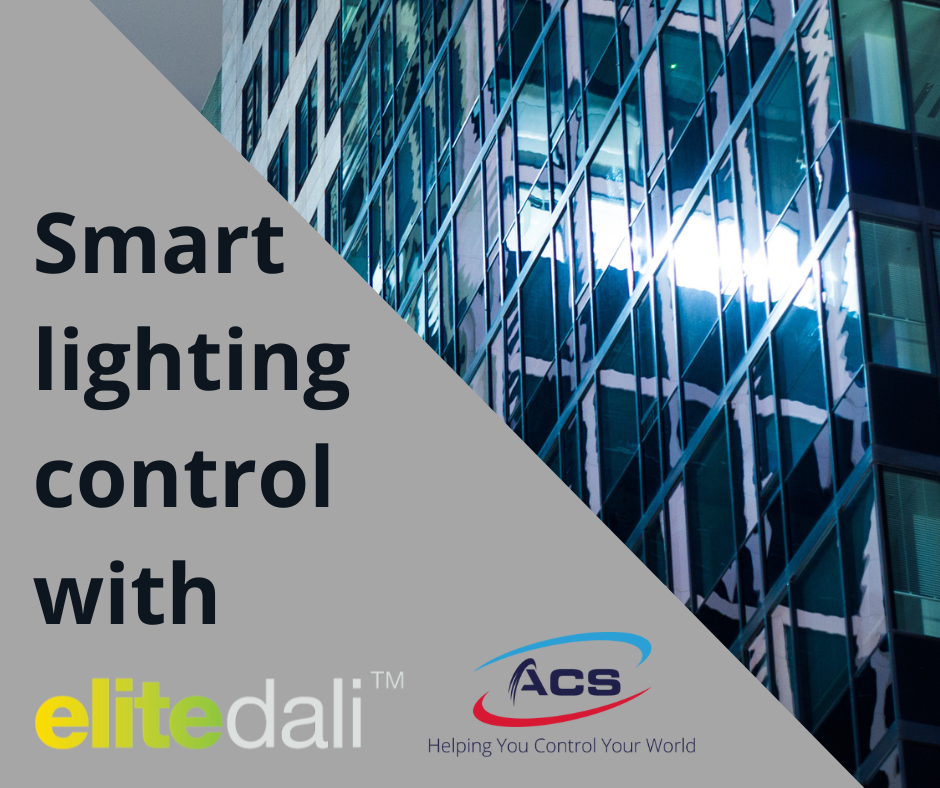Who is Elitedali?
Elitedali develop and innovate smart lighting solutions. Elitedali™ is a certified Niagara Developer Partner committed to developing and innovating convergent, smart and open interoperable standards based IoT products.
Niagara System Integrators and Niagara Development Partners can deliver excellent integrated lighting controls and automation infrastructure for their BMS implementations.
What is a DALI network?
DALI stands for Digital Addressable Lighting Interface. The Digital Illumination Interface Alliance, is an open, global consortium of lighting companies seeking to standardise lighting-control solutions. They own the trademarks for DALI and DALI-2. DALI provides a two-way protocol for communications between lighting system components.
DALI is widely recognised as the global standard for lighting control and there is a wide range of DALI enabled lighting control products available from diverse manufacturers.
What are the key features of DALI?
DALI is open protocol and can be used by manufacturers worldwide. Mandatory certification guarantees that a DALI certified product will work in any DALI network. Additionally, it is simple to install and power and control lines can be laid together and no shielding is required.
Communication is digital so exact dimming values can be sent and received by multiple devices, giving stable and precise dimming. Devices have unique addresses enabling flexible control.
HOW DOES DALI COMPARE WITH 1-10V?
DALI and 1-10V were both designed for and by the lighting industry. Many lighting components are available from different manufacturers that have DALI and 1-10V interfaces.
The main differences between DALI and 1-10V are that DALI is addressable and digital, not analogue which offers more precise light level control and consistent dimming. DALI is also standard. For example, the dimming curve is standardised meaning that equipment from different manufacturers is interchangeable.
Different manufacturers’ equipment using 1-10V could produce inconsistent results. 1-10V controls on/off switching and simple dimming, whereas DALI manages many lighting-specific functions; colour control, colour changing, emergency lighting testing, and other complex functions.
ARE ALL DALI PRODUCTS COMPATIBLE WITH EACH OTHER?
Originally with DALI, there were some issues, but these have been overcome with DALI-2which contains features not in the original DALI. As the DALI-2 logo is owned by DiiA (the Digital Illumination Interface Alliance), the use of it is subject to strict rules and no product can display it unless independently certified to check for full compliance. As a result, all DALI-2 products are compatible with each other.
HOW DOES DALI COMPARE WITH KNX, LON and BACnet?
KNX, LON and BACnet were developed as building control protocols used for controlling devices in a building. DALI and DALI-2 were designed specifically for lighting control. So, a building management system would use KNX, LON, BACnet or similar protocols for controlling building functions such as integrating HVAC, security, access control and lifts and DALI-2 would be specifically used for lighting control.
HOW DOES DALI WORK?
DALI wiring systems work with two wires (a bus) that carry digital control signals from input devices (such as sensors) to an application controller. The application controller applies the rules which have been previously programmed and generates outgoing signals to control devices such as LED drivers.
DALI as part of your Building Management System
Automated Control Solutions now stocks elitedali™ products such as the elitedali™ MultiDrop Connectivity Kit for Niagara Software, lighting sensors and power supplies. To find out more, go to https://www.acontrols.co.za/tridium-apps/


